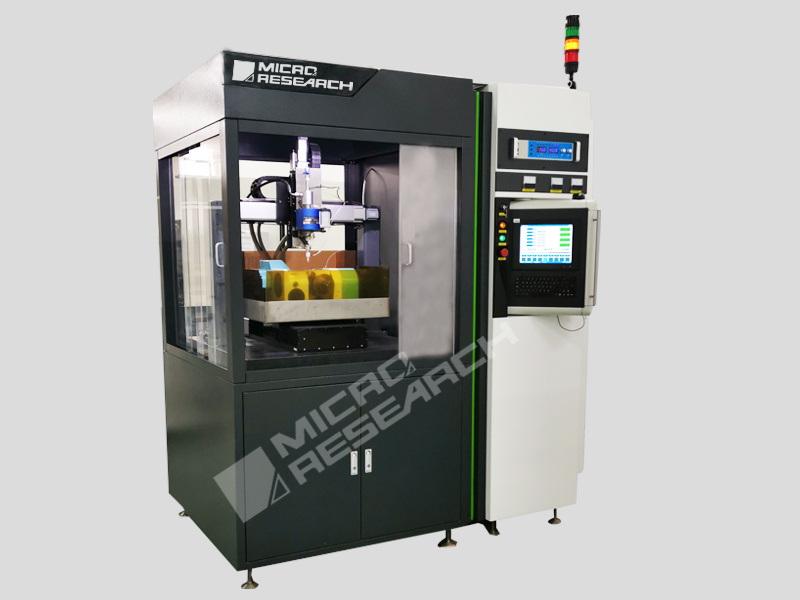Characteristics and Main Uses of High-Precision Electric Discharge Machining (EDM) Machines
Release time:
2021-07-12
The characteristics of high-precision electrical discharge machining (EDM) are as follows: 1. The energy density of the pulse discharge is high, making high-precision EDM suitable for processing special materials and complex-shaped workpieces that are difficult or impossible to process using conventional machining methods. High-precision EDM is not affected by the hardness of the material or the heat treatment condition.

The characteristics of high-precision electrical discharge machining are as follows:
1. The energy density of pulse discharge is high, making high-precision electrical discharge machines suitable for processing special materials and complex-shaped workpieces that are difficult or impossible to process with conventional machining methods. High-precision electrical discharge machines are not affected by material hardness or heat treatment conditions.
2. The duration of pulse discharge is extremely short, and the heat generated during discharge has a small conduction diffusion range, resulting in a small area of material affected by heat.
3. During processing, the tool electrode does not contact the workpiece material, and the macroscopic force between the two is extremely small. The tool electrode material of high-precision electrical discharge machines does not need to be harder than the workpiece material, making the manufacturing of tool electrodes easier.
4. It can reform the structure of workpieces, simplify the processing technology, improve the service life of workpieces, and reduce the labor intensity of workers.
Based on the above characteristics, the main applications of high-precision electrical discharge machines are as follows:
1) Manufacturing punching dies, plastic molds, forging dies, and die-casting molds.
2) Processing small holes, irregular holes, and threading holes on hard alloys.
3) Cutting parts from metal sheets.
4) Processing narrow slits.
5) Grinding flat and round surfaces.
6) Others (such as strengthening metal surfaces, removing broken tools, drilling holes in quenched parts, directly processing parts with complex profiles, etc.).
Related News





